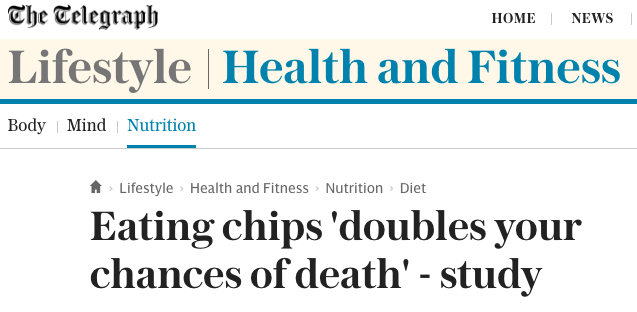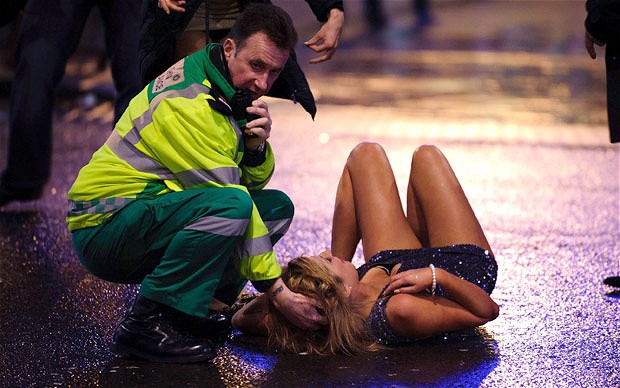Belles infidèles in the neuroscience of bilingualism
Following up on "Citation crimes and misdemeanors" (9/9/2017), Breffni O'Rourke sent in a link to Michel Paradis, "More belles infidèles — or why do so many bilingual studies speak with forked tongue?", Journal of Neurolinguistics 2006:
This note reports misquotations, misinterpretations, misrepresentations, inaccuracies and plain falsehoods found in the literature on the neuroscience of bilingualism. They are astounding in both number and kind. Authors cite papers that do not exist, or that exist but are absolutely irrelevant to, or even occasionally argue against, the point they are cited to support; or they attribute a statement to the wrong source, sometimes to a person who has vehemently and persistently argued against it. Obvious errors are quoted for years by numerous authors who have not read the original paper, until somebody blows the whistle — and even then, some persevere. As Darwin [Darwin, C. (1872). The origin of species. 6th edition. New York: A. L. Burt.] put it: ‘great is the power of steady misrepresentation’.
Read the rest of this entry »


